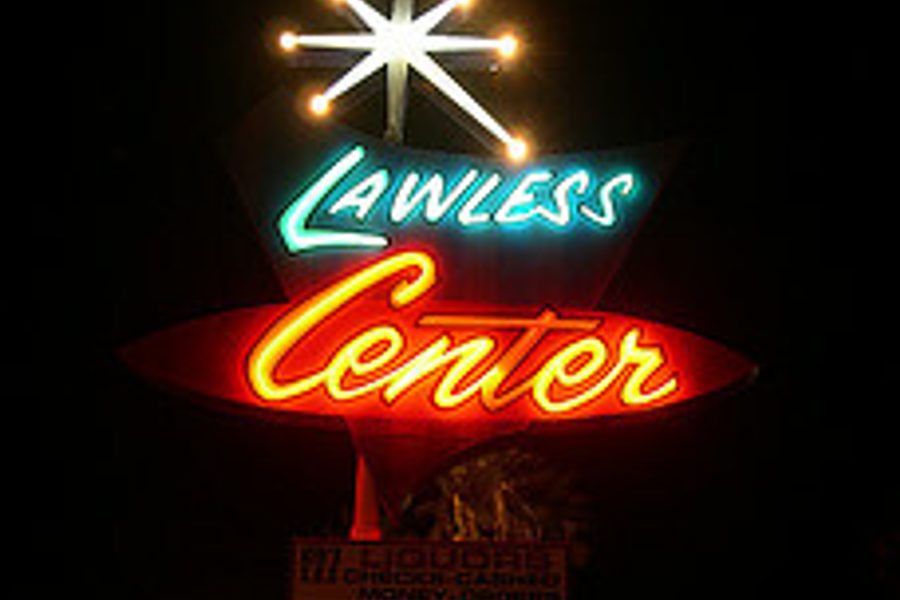
Nevada is a good place to be a bad boss. According to a new report, you can flout safety rules and state inspectors just shrug it off. Even when workers die.
Last week, the U.S. Department of Labor’s Occupational Safety and Health Administration (OSHA) issued a sweeping indictment of Nevada’s OSHA program. Nevada OSHA (NOSHA) is one of over 20 state-level occupational safety programs supervised and partially funded by the federal OSHA.
Twenty-five Nevada workers died on the job between January of 2008 and June of 2009. NOSHA investigated those fatalities, many of which were part of the now infamous epidemic of construction deaths on the Las Vegas Strip.
The new report is based on federal investigators’ reviews of NOSHA’s death files and complaints lodged against NOSHA. Case files reveal a seemingly willful blindness to employer misconduct. NOSHA handed down only one willful violation over the course of 23 death investigations, and even that was later negotiated down.
Willful violations — when the employer knows the rules and breaks them anyway — are the most serious kind of infraction. For obvious reasons, they carry significantly tougher penalties.
The courts have found that repeat offenders are willful violators by definition. Yet the Boyd Gaming Corporation was never issued a willful violation citation, even though NOSHA had already busted Boyd for the same infractions on other properties in Nevada.
The report suggests that violators are “pleading down” to lesser charges because NOSHA doesn’t have enough managers and lawyers to push for tougher citations. Nevada investigators told the feds that their superiors actively discouraged them from issuing willful violations.
This lack of prosecutorial zeal was accompanied by a shoddy ground game. In 17% of fatality cases, violators weren’t even cited for violations discovered by NOSHA investigators at the scene.
Even when employers were cited, NOSHA didn’t keep track of whether they actually fixed the problems.
In other words, don’t ask/don’t tell is alive and well at NOSHA. Too often, workers and their union representatives were shut out of investigations. In one case involving the Luxor Hotel, NOSHA was unable to determine whether workers had been exposed to a hazard because – wait for it – inspectors never asked them what happened.
Another poignant discovery: More than half the time, the state failed to inform the families of dead workers that OSHA was investigating. The families lost a chance for closure and investigators lost the chance to interview them.
Finally, investigators found that NOSHA inspectors were not properly trained to recognize construction hazards, even though construction sites accounted for two-thirds of all inspections and a large percentage of on-the-job deaths.
What can be done about these fatal deficiencies? Jordan Barab, the acting head of OSHA, said last week that the report will spur reform in state OSHA programs nationwide.
And on Thursday, the House Committee on Education and Labor will hold a hearing on the report. It’s hard to read it without wondering whether there’s more to the problem than under-staffing, poor training and general incompetence. Are powerful casino owners cowing inspectors? Is corruption afoot?
Clearly, the Labor Committee needs to ask some tough questions.







